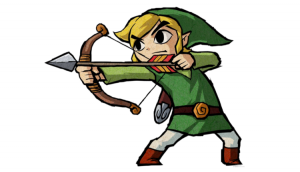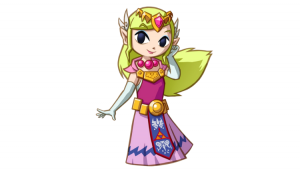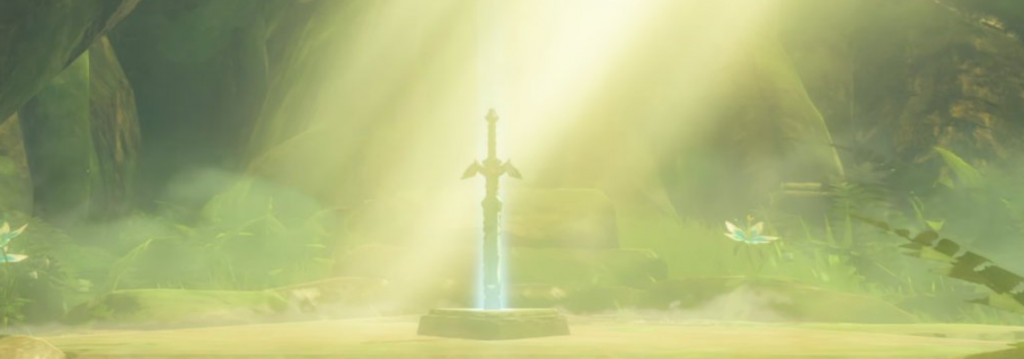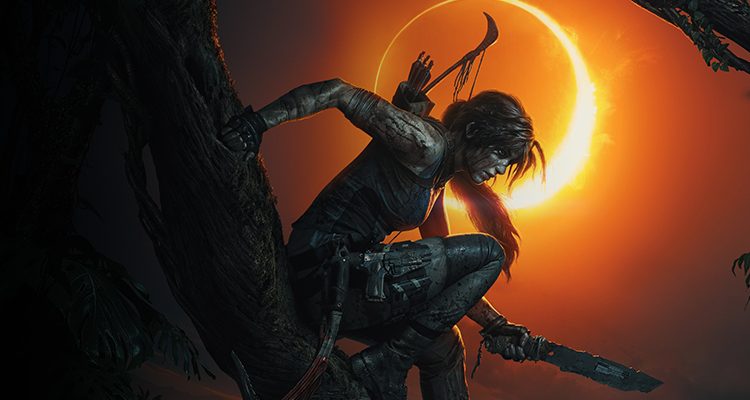The Legend of Zelda game franchise spans over many years and many different Nintendo consoles. But, much like the Star Wars movies, the Zelda game series was not released in order. For example, the very first game was released in Japan for Famicom Disk System in 1986 but it is currently the second last game within a three-way split of the timeline. After several game releases, fans began to piece different versions of the timeline together, but they were all just theories. In fact, the official timeline of the Zelda games would not be released to the public until 2011 in the book The Legend of Zelda: Hyrule Historia.
The games listed below are the first part of the official timeline. The years are for the North American releases.
Skyward Sword (Nintendo Wii, 2011)
The Minish Cap (Game Boy Advance, 2004)
Four Swords (Game Boy Advance, 2002)
Ocarina of Time (Nintendo 64, 1998)
From here, Ocarina of Time splits the timeline into three different sections. In one version, Link was defeated by the antagonist Ganondorf. In the other two branches, Link manages to defeat Ganondorf in one of two possible ways: either the realm remains protected following Ganondorf’s demise (called the Child Era) or Ganondorf had to be sealed away and the kingdom of Hyrule is flooded (the Adult Era). These split timelines are in the following order:
Link is Defeated:
A Link to the Past (Super Nintendo Entertainment System, 1991)
Oracle of Ages and Oracle of Seasons (Game Boy Colour, 2001)
Link’s Awakening(Game Boy, 1993)
The Legend of Zelda(Nintendo Entertainment System, 1987)
Zelda II: The Adventure of Link(Nintendo Entertainment System, 1988)
The Child Era:
Majora’s Mask (Nintendo 64, 2000)
Twilight Princess (Nintendo GameCube, 2006)
Four Swords Adventures (Nintendo GameCube, 2004)
The Adult Era:
The Wind Waker (Nintendo GameCube, 2002)
Phantom Hourglass (Nintendo DS, 2007)
Spirit Tracks (Nintendo DS, 2009)
Some skeptical fans believe that Nintendo pieced the timeline together simply to please fans. Because the games were not released in order of the official timeline, there are several continuity errors which can make the timeline look like an afterthought. The part of the timeline which receives the most criticism is the branch in which Link, the hero of the franchise, was supposedly defeated in The Legend of Zelda: Ocarina of Time. While the Adult Era and Child Era make sense due to Ocarina of Time‘s ending, there has never been a game in which Link is defeated at the end. Additionally, some fans argue that two major characters, twin witches Koume and Kotake, would have to have died, but these two characters appear in the games which follow this very timeline.
At the very least, most Zelda fans can at least agree that the different versions of Link, Zelda, and other various characters are not always the exact same incarnations in every game. More often than not, the two appear to be distant ancestors of the versions coming before and after their time. And, despite whether or not these different versions are reincarnations, it is still very sweet that the adventures always bring these characters together.





